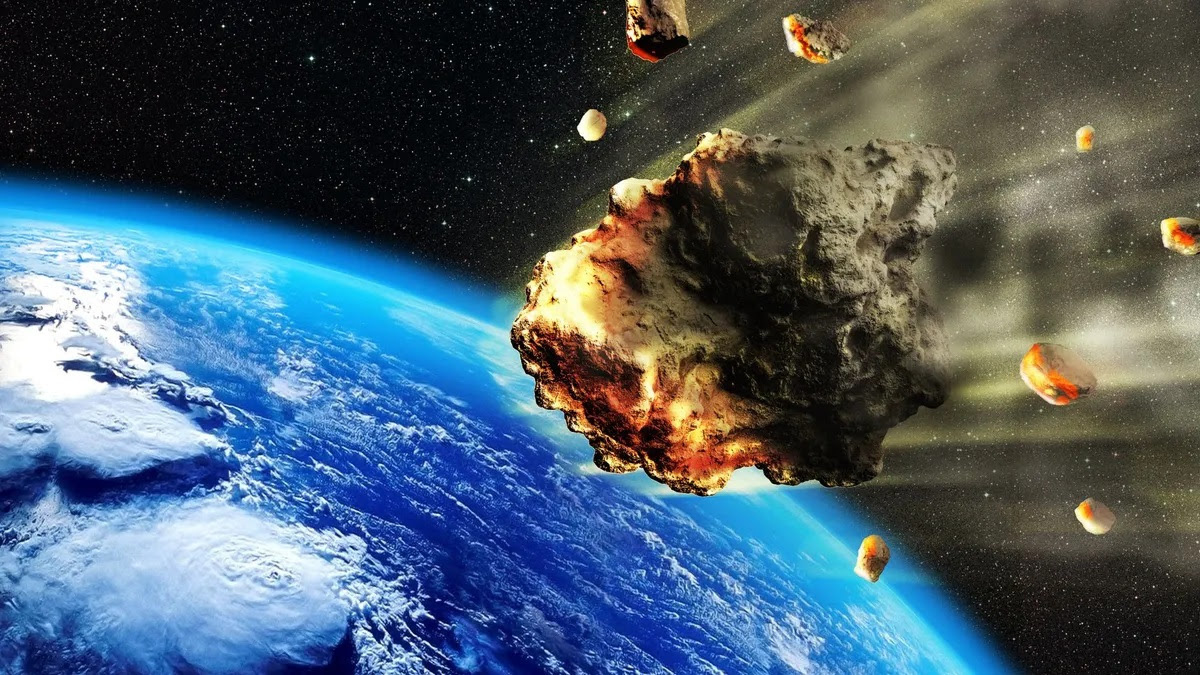Leading astronomers announced Monday, October 31, that they have detected a giant asteroid about a mile long in the vicinity of the Earth, which could, with great misfortune hit it in the distant future – causing planetary devastation.
Most asteroids of this size have already been discovered, according to astronomers, but this one was hidden until now in the glare of the Sun, and was therefore particularly difficult to detect.
This huge asteroid, named 2022 AP7, “crosses the path of the Earth, which makes it a potentially dangerous asteroid,” said Scott Sheppard, an astronomer at the Carnegie Institution for science. However, it does not currently threaten to hit us, because it remains “very far” from the Earth when it crosses its orbit, he immediately reassured.
The problem comes from the fact that like any asteroid, its trajectory will be slowly modified because of the gravitational forces exerted on him, notably by the planets. The forecasts are therefore difficult on the very long term.
We can say that it is the “largest object potentially dangerous for the Earth discovered in the last eight years”, according to a statement from the American NOIRLab, which operates several observatories.
This NEO (near-Earth asteroid) takes five years to circle the Sun, and is now several million kilometers from the Earth at its closest.
The problem is thus manageable, but in the event of a collision, an asteroid of this size would have “a devastating impact on life as we know it,” explained Scott Sheppard. The dust thrown up into the atmosphere would block the sunlight, cooling the planet and causing a mass extinction.
This innovation was made thanks to the Victor M. Blanco telescope in Chile and its DECam instrument, originally developed to study dark matter.
The studies were published in the scientific journal The Astronomical Journal. Two other asteroids in this complicated area to observe have been discovered, including the closest asteroid to the Sun known. They pose no risk to Earth.
There are about 30,000 asteroids of all sizes – including more than 850 of 1 km or more – have been catalogued in the vicinity of the Earth. None of them threaten our planet for the next 100 years. Except that not all of them have been catalogued.
According to Scott Sheppard, there are “between 20 and 50” large NEOs left to detect. “Most of them are in orbits that make them hard to find, like orbits that keep them inside (Earth’s), and make them hard to see because of the Sun’s glare,” he explained.
To prepare for a bad discovery, NASA conducted a test mission at the end of September: a spacecraft was propelled against a non-hazardous asteroid, proving that it was possible to change its trajectory.



Comment here